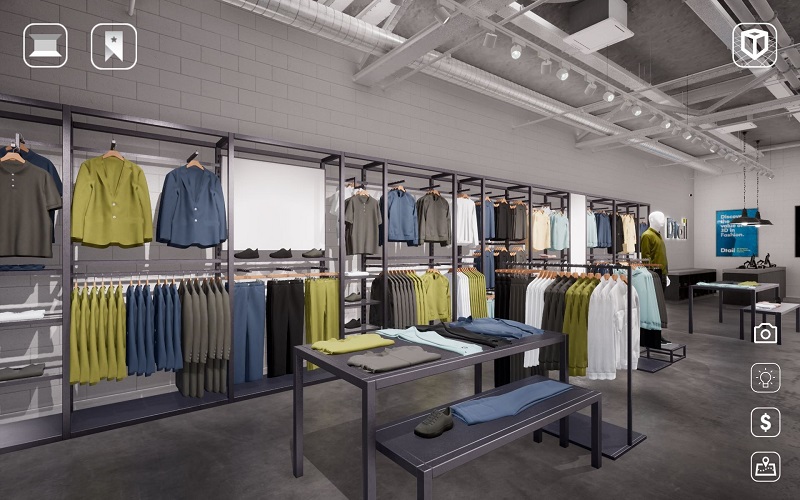Continuous Advancements in Human-Machine Interaction Systems to Set the Tone for Innovations in Robotics Market

Robots are getting smarter by the day—thanks to enormous advancements human-machine interaction systems have become over the years. An array of robotic technologies has been commercialized in manufacturing and logistics such as mobile robotics, exoskeleton, and static robotics.
The bevvy of industrial applications of robotics continues to expand. Pioneers are ceaseless on exploring and testing sensor and vision technologies to unveil amazing products in the robotics market. Several interesting robotic systems have gained a groundswell of attention, notably among players in the healthcare, electronics, law enforcement and defense industries. Massive investments have poured in to speed up the translation of new technologies in robots from the pilot phases to use in commercial applications. A highly lucrative area of application is in logistic robots.
Advancements in Actuators and Vision Technologies Sets Tone for Innovations
Newer actuators and novel designs are underscoring new potential in the robotics market. Most prominently, a combination of the hardware with AI has instilled game-changing potential to robotics technologies—the level of automation this can lead to unprecedented. The explosion of processing power in robots is one of the key trends that shaped the growth of the robotics market. Not just for enabling the next level of automation, robotics is also becoming more self-sufficient and understanding of what is required of them.
By 2025, 2,731.2 thousand units of products in the robotics market are anticipated to be sold, signalling the market to be brimming with opportunities, as a study by TMR projects.
AI for Next-gen Robotics for Smart Factory Automation
The marriage of robotics with AI tools and technologies has unleashed an incredible avenue for players in the robotics market to capitalize on. In particular, machine learning tools have raised the ante for robots manufacturers to cater to the emerging automation demands.
Integration of robots with the plant factories has made these smarter. The automotive and automobile industry has been at the forefront of leveraging the capabilities of robotics. Some of the globally prominent vehicle manufacturers have deployed robots and are using the technologies for wide range of automation tasks. Nissan is a case in point, which recently employed smart robots in almost completely replacing humans in one of its plants.
Applications Expanding, Underpinned by Massive Processing Power
Numerous other automotive manufacturers are keen on harnessing robotics for smart factories, with Volkswagen being another case in point. One of the leading manufacturers of automobiles and commercial vehicles, Volkswagen has been fervently upgrading 5G networks for real-time wireless communication.
Another emerging development in the robotics market is the growing use of exoskeletons and artificial limbs for meeting the healthcare needs of various target populations. The use of hospital robots since the onset of the COVID-19 pandemic paints an astounding picture of the vast potential these have. The adoption of mobile robots by healthcare facilities to assist isolated COVID-19 patients imparted tailwind to new opportunities in the robotics market. However, the acceptance is still limited and more studies are required to boost the business feasibility of robots in clinic scenarios.
Technology companies with the likes of Google are engaged in simulation studies in their labs to make robotics less dependent on humans for accomplishing the tasks. Far from the fact that hyper-intelligent AI when integrated with next-gen robotics can make human workers obsolete in various jobs, there are a few genuine risks and challenges associated with workplace robotics, which needs the users to be educated about the installation, operations, and expectations. However, the incorporation of advanced software for human-machine interactions will make them more reliable, opening new applications in the robotics market.
Furthermore, some interesting inventions are shaping the current landscape of the robotics market. A Philadelphia-based company Ghost Robotics is attracting interest among law enforcement agencies for its robotic dog that can be used for security, patrolling, and other defense applications.
The axis of product innovation is expected to come from the Asia Pacific. Strides made in nanotechnologies in robotics is expected to pave the way to some innovations especially in collaborative robots. Such developments are expected to enthral industry players as well as end-consumers alike.









